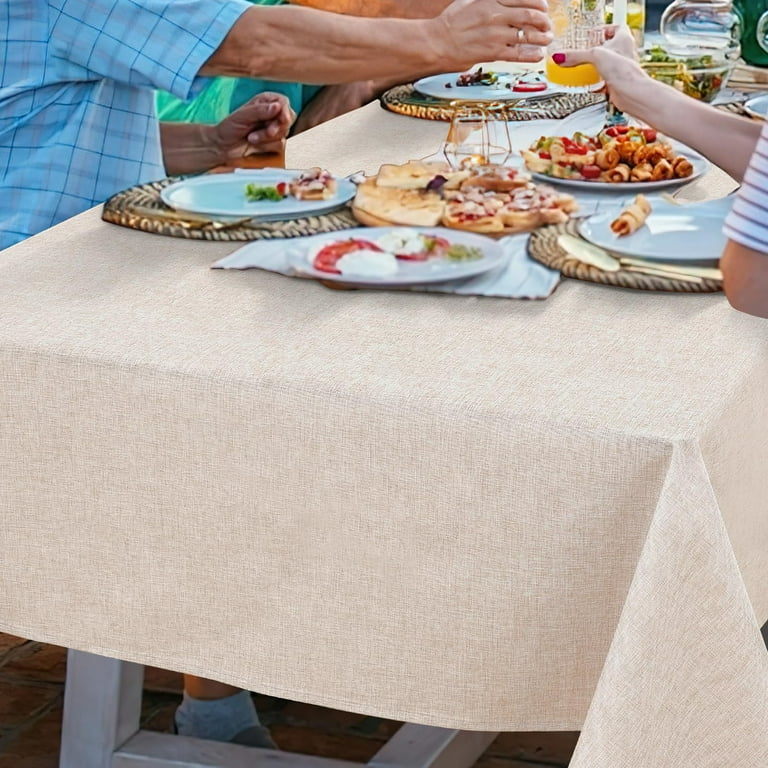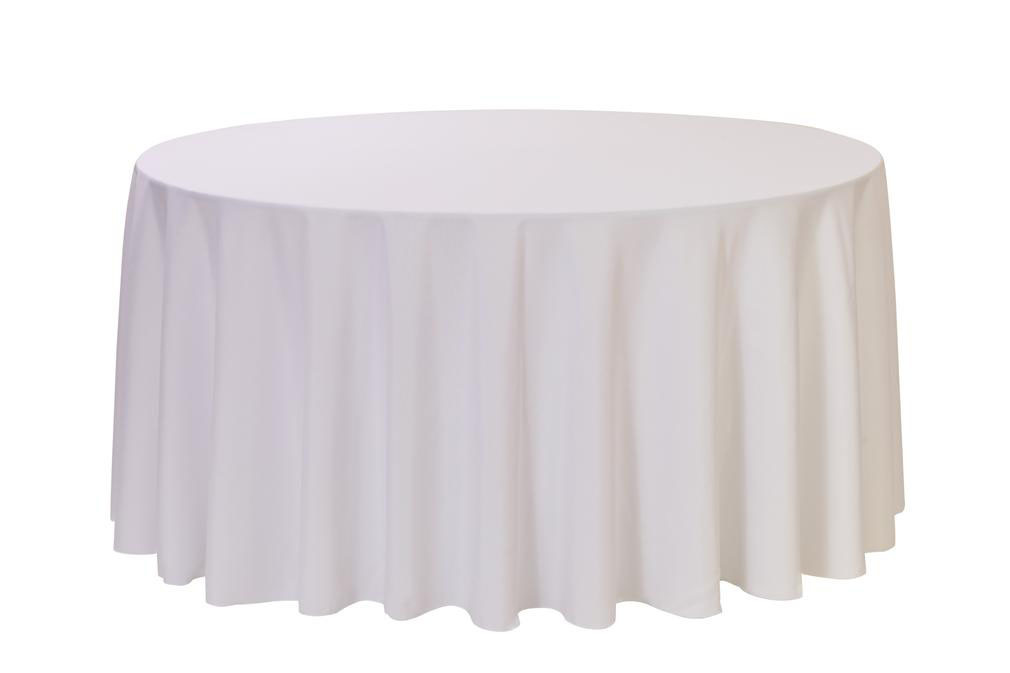Top Quality Flat Sheet Option: Comfort and Resilience for every single Bed
Top Quality Flat Sheet Option: Comfort and Resilience for every single Bed
Blog Article
Linen Material Technologies: Exploring Modern Trends and Creative Applications in Style and Fabric Sector
From sustainable manufacturing approaches to cutting-edge weaving technologies, the advancement of bed linen is reshaping the landscape of the textile industry. As we dive into the worlds of imaginative layout applications and the emergence of bed linen blends and crossbreed textiles, a brand-new phase unravels in which linen's duty in future fabric advancements takes center stage.
Lasting Practices in Linen Production
Lasting methods in linen manufacturing have come to be increasingly vital in the textile sector's efforts to reduce ecological impact and advertise moral sourcing techniques. Bed linen, an all-natural fiber acquired from the flax plant, offers a range of advantages such as biodegradability, sturdiness, and breathability. Nonetheless, standard methods of linen production can include considerable water consumption, pesticide use, and energy-intensive procedures.
To resolve these challenges, several fabric manufacturers are adopting lasting methods throughout the bed linen manufacturing process. This consists of sourcing flax from organic ranches that avoid unsafe chemicals and chemicals, executing water-efficient retting methods to essence fibers from the flax stalks, and utilizing eco-friendly dyes and coatings. Additionally, some firms are buying eco-friendly power sources to power their manufacturing facilities and reducing waste via recycling and upcycling campaigns.
Technical Innovations in Bed Linen Weaving
With the expanding emphasis on sustainable methods in linen manufacturing, the textile sector is now experiencing a rise in technological developments specifically aimed at transforming the art of linen weaving. These developments are improving the method bed linen materials are generated, using boosted performance, quality, and creativity in weaving strategies.
Among the crucial technological improvements in linen weaving is the integration of digital looms. These sophisticated looms are geared up with software application that permits intricate and intricate styles to be woven with accuracy. By digitizing the weaving procedure, makers can achieve higher uniformity and precision in their bed linen materials.
Furthermore, developments in yarn spinning innovation have allowed the production of finer and more resilient bed linen yarns - table cloths. This results in softer and smoother linen materials that preserve their quality also after numerous uses and cleans
In addition, the advancement of eco-friendly dyeing procedures and surfaces for bed linen fabrics is obtaining traction. These lasting methods not only reduce the environmental effect however also satisfy the increasing customer demand for morally produced textiles.
Creative Design Applications for Linen
Cutting-edge artistic techniques are significantly forming the innovative design applications for bed linen in the fabric industry. Linen's all-natural visual charm and capacity to blend with other textiles make it a favorite option for developing distinct garments and devices that cater to the environmentally mindful consumer.
In addition, developers are explore linen in home design, utilizing its breathable and resilient nature to craft fashionable furnishings such as drapes, bed linen, and upholstery. The texture and drape of linen bring a feeling of sophistication and comfort to interior spaces, including a touch of style to modern homes.

Linen Blends and Crossbreed Fabrics

Hybrid fabrics, on the other hand, take the idea of mixing a step further by including extra elements such as metal strings, recycled products, or conductive fibers. These innovative fabrics not only expand the design possibilities however also introduce useful facets like conductivity, antimicrobial residential properties, or improved longevity. Crossbreed fabrics are progressively being utilized in different sectors, including fashion, interior style, and technical fabrics, where the need for multifunctional materials gets on the increase.
Bed linen's Duty in Future Textile Innovations

In the realm of future textile technologies, linen is expected to be a vital gamer in the development of advanced functional fabrics. Scientists and designers are exploring methods to enhance linen's intrinsic top qualities with technological innovations, such as integrating smart fabrics, nanotechnology, and efficiency finishes. These innovations aim to boost linen's performance features, making it suitable for a wider variety of applications, from activewear to safety garments.
Moreover, the mix of linen with various other natural or artificial fibers opens limitless opportunities for developing unique textiles with special homes and performances. By leveraging linen's characteristics and discovering cutting-edge blends, the textile sector is positioned to present exciting advancements that accommodate progressing consumer demands and sustainability requirements.
Conclusion
To conclude, the expedition of lasting practices, technological improvements, site here innovative layout applications, linen blends, and its function in future textile developments highlight the continual advancement of bed linen material in the modern style and fabric sector. With an emphasis on development and imagination, the adaptability and green nature of linen make it a beneficial material for designers and producers alike, paving the means for further growths and innovations in the area of fabrics.
As we dig right into the worlds of creative layout applications and the appearance of linen blends and hybrid fabrics, a brand-new phase unfolds in which bed linen's role in future fabric innovations takes facility phase.
Discovering the combination of linen with other materials has actually led to the introduction of innovative blends and crossbreed fabrics in the modern fabric industry. Linen blends supply an one-of-a-kind combination of the features of linen with those of various other fibers, resulting in fabrics that possess improved buildings such as enhanced resilience, improved draping, and decreased wrinkling.The development of bed linen blends and hybrid fabrics has set the phase for Linen to play an essential duty in driving future fabric technologies.In the realm of future textile advancements, linen is anticipated to be a key player in the growth of advanced functional fabrics.
Report this page